정말 신기한 동물 (3)
The Pacu Fish
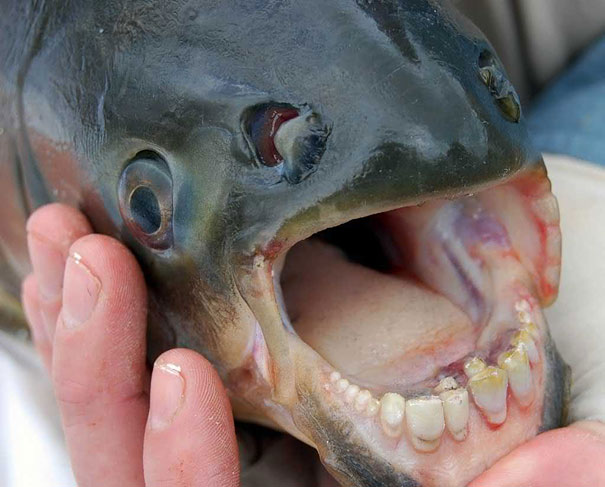
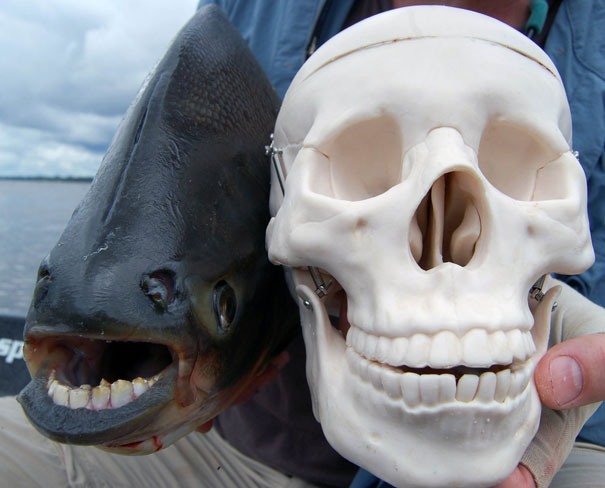
Giant Isopod
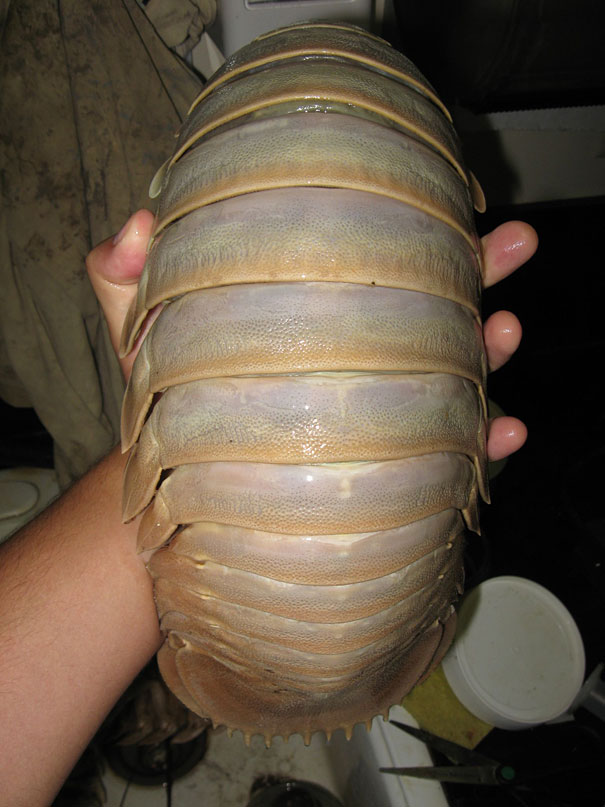

This one is the largest of the existing isopods.
“The enormous size of the giant isopod is a result of a phenomenon known as deep sea gigantism.
This is the tendency of deep sea crustaceans and other animals to grow to a much larger size than similar species
in shallower waters.” (Image credits: Littoraria)
The Saiga Antelope
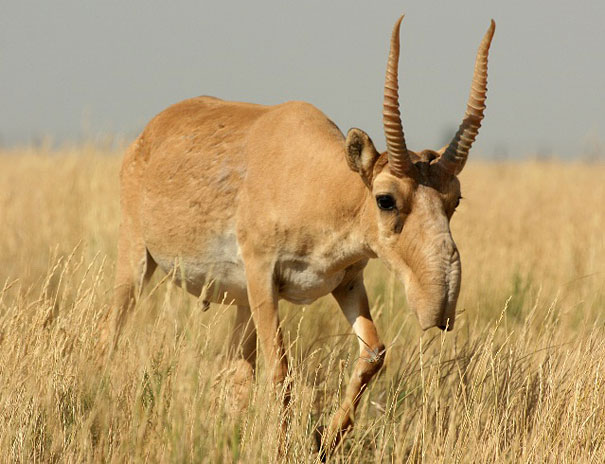

This saiga, spread around the Eurasian steppe, is known for its an extremely unusual,
over-sized, flexible nose structure, the proboscis. (Image credits:enews.fergananews.com)
The Blue Parrotfish
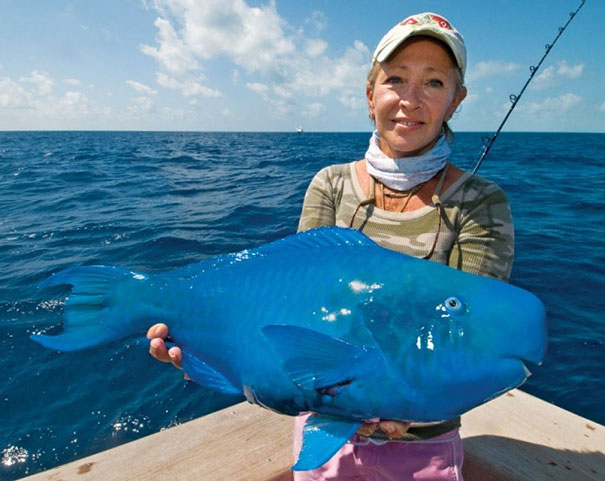
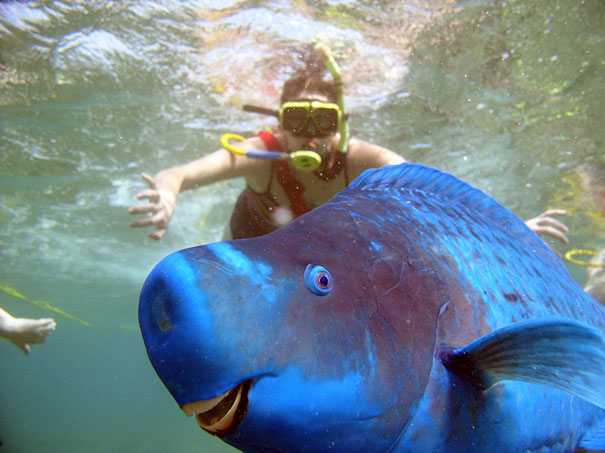
This bright blue fish can be found in the waters of the Atlantic Ocean,
and spends 80% of its time searching for food. (Image credits: imgur | depalmadise)
●?Who's 승호사랑

Articles
-
 사랑의 마술....3
사랑의 마술....3
-
 연리지나무 사랑....5
연리지나무 사랑....5
-
 공소시효 기간 알아두시면 좋습니다 ~!2
공소시효 기간 알아두시면 좋습니다 ~!2
-
 친구에게 다녀왔어요 :)3
친구에게 다녀왔어요 :)3
-
 겨울밤 눈꽃 (고화질 와이드)5
겨울밤 눈꽃 (고화질 와이드)5
-
 겨울하늘 (고화질 와이드)2
겨울하늘 (고화질 와이드)2
-
 하얀겨울 (고화질 와이드)15
하얀겨울 (고화질 와이드)15
- 새우항의 유행8
- 바이오 샌드에 대해6
- 베타먹이 추천좀 부탁드립니다9
- 어항에 맥반석에 대해 여러분은 어떤 생각을 가지고 계신가요??5
- 부산입니다~
- 주말이라 그런지 한가하네요10
-
 거북이 탑쌓기
거북이 탑쌓기
-
 누드 개구리4
누드 개구리4
-
 아내에게 사랑받고 싶으세여? 그럼 이런걸 만들어 주세여 ~!!!28
아내에게 사랑받고 싶으세여? 그럼 이런걸 만들어 주세여 ~!!!28
-
 걸스데이 단체3
걸스데이 단체3
-
 걸스데이 (고화질)1
걸스데이 (고화질)1
-
 걸스데이 (고화질)1
걸스데이 (고화질)1
-
 걸스데이 (고화질)1
걸스데이 (고화질)1
Designed by sketchbooks.co.kr / sketchbook5 board skin
Sketchbook5, 스케치북5
Sketchbook5, 스케치북5
Sketchbook5, 스케치북5
Sketchbook5, 스케치북5
